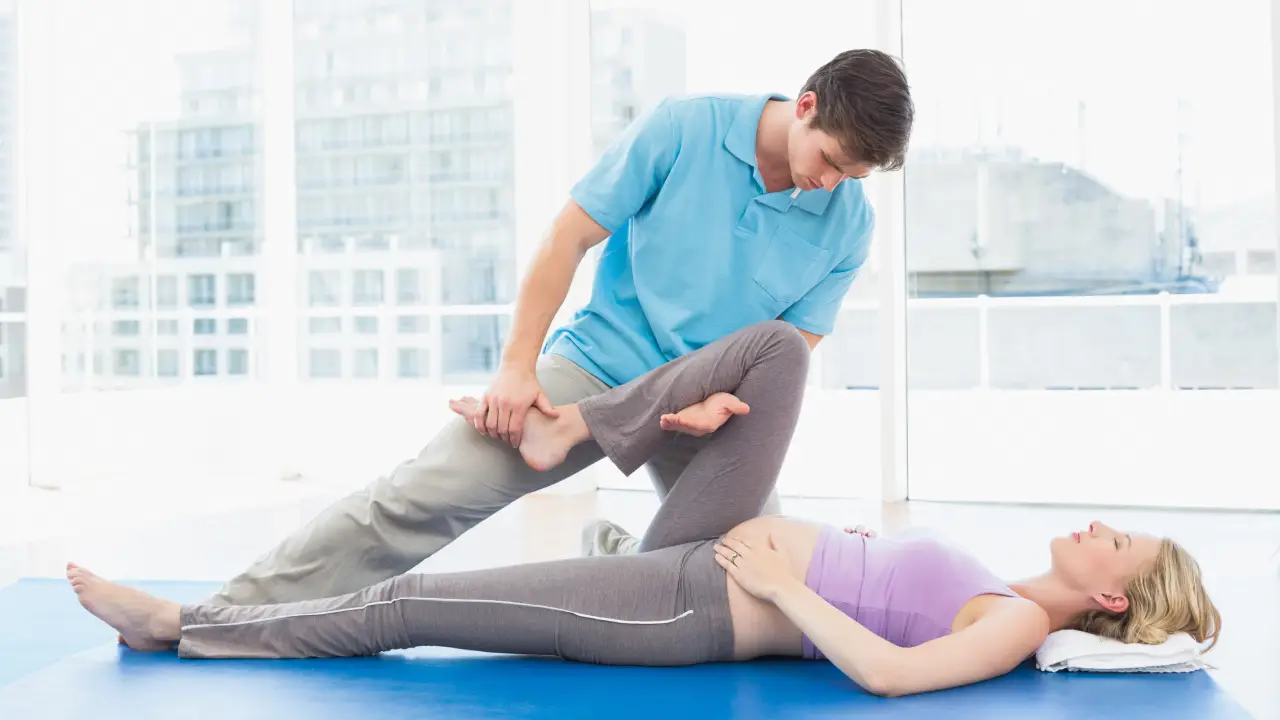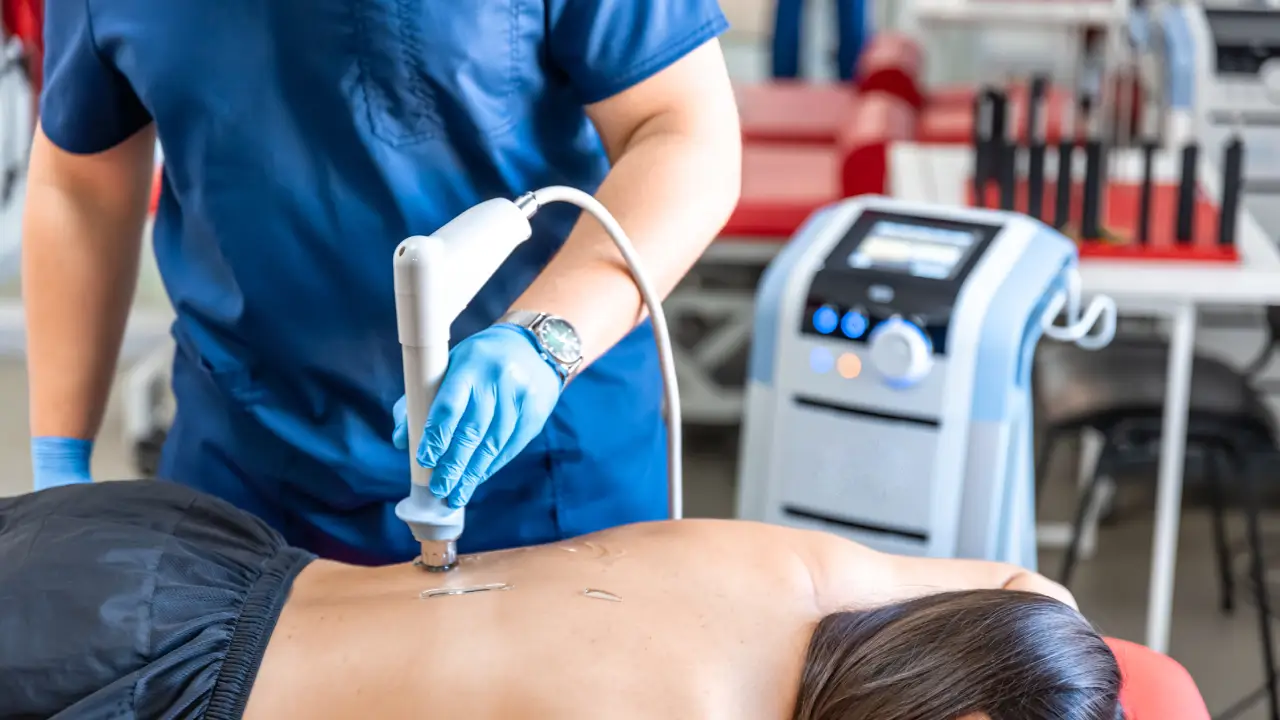What Joint Flexibility Means for Daily Life
Joint flexibility refers to the ease with which your joints move through their full range of motion. From bending to tie your shoes to reaching overhead, flexible joints allow daily activities to feel effortless. Reduced joint flexibility can result from inactivity, past injuries, ageing, or muscle tightness. Over time, stiffness can make simple tasks uncomfortable and increase the risk of injury.
Physiotherapy offers targeted methods to improve joint flexibility. For residents in Woodbridge, accessing professional physiotherapy can provide a structured plan to regain and maintain joint Mobility, allowing you to move comfortably and confidently in daily life.
Why Physiotherapy Matters for Joint Flexibility
Maintaining joint Mobility isn’t just about preventing stiffness. It also supports proper Posture, reduces strain on muscles and ligaments, and helps prevent future injuries. While general exercise is beneficial, physiotherapy takes a more focused approach, identifying the specific joints or muscle groups that need attention.
Physiotherapy in Woodbridge combines careful assessment with practical exercises, manual therapy, and consistent follow-ups. This method ensures improvements are safe, measurable, and sustainable. By working with a physiotherapist, individuals gain more than just exercises—they receive a structured plan that adapts to their progress and lifestyle, tailored to their specific needs and goals.
How to Improve Joint Flexibility with Physiotherapy
Here are five practical steps, recommended by physiotherapy professionals, that residents in Woodbridge can follow to enhance joint flexibility.
Step 1: Begin with a Thorough Assessment
The foundation of improving joint Mobility is a detailed assessment. A physiotherapist evaluates your current range of motion, identifies stiffness or restrictions, and considers any underlying conditions that may affect your joints. This may include reviewing previous injuries, Posture habits, or activity patterns.
This assessment forms the basis of a specific physiotherapy plan, ensuring exercises and interventions target the areas that need the most attention. Knowing your starting point allows physiotherapists to monitor progress and make adjustments for the safest and most effective outcomes.
Step 2: Introduce Targeted Stretching
Stretching is a key component of physiotherapy for joint flexibility. Physiotherapy sessions guide individuals through stretches that lengthen both muscles and connective tissue around the joints.
- Static stretches involve holding a position for 20–30 seconds to improve muscle length gradually.
- Dynamic stretches use controlled movements that mimic everyday or sport-specific actions, encouraging fluid joint motion.
Professional oversight ensures stretches are performed safely and with correct form. Consistently incorporating these exercises at home helps maintain joint Mobility and reduces stiffness over time.
Step 3: Strengthen Muscles Around the Joints
Muscle strength plays an essential role in supporting joint flexibility. Weak muscles can limit movement and place additional stress on joints. Physiotherapy introduces strengthening exercises designed to target key muscle groups around specific joints.
These exercises can utilize light weights, resistance bands, or body weight, depending on your individual needs and preferences. The physiotherapist provides clear instructions to ensure you can perform each movement safely and effectively. Strengthening the muscles that support your joints enhances stability, alleviates discomfort, and enables smoother, more controlled movement.
Step 4: Include Manual Therapy Techniques
Physiotherapists often incorporate manual therapy techniques to complement exercises. This may involve joint mobilizations, soft tissue massage, or manipulation. Manual therapy increases blood flow, eases tension in surrounding muscles, and helps restore natural joint motion.
Combining manual therapy with stretching and strengthening provides a well-rounded approach. Many patients in Woodbridge find that hands-on techniques accelerate progress, making joints feel freer and more comfortable sooner.
Step 5: Stick to a Consistent Home Routine
Consistency is crucial for maintaining improvements in joint flexibility. Physiotherapy is not limited to clinic sessions. Your physiotherapist will provide exercises adjusted to your joint limitations, with clear instructions on frequency and technique.
Daily adherence to these exercises reinforces the gains made during sessions and helps prevent stiffness from returning. Simple habits, such as morning stretching or specific movements during breaks, can significantly enhance long-term Mobility. Residents who follow this routine notice improved comfort and increased ease of movement in everyday activities.
8 Physiotherapy Services That Can Support Your Recovery
Physiotherapy is not just about joint flexibility. Residents in Woodbridge can also access specialized services tailored to their specific condition or recovery goals. Here are eight examples:
- Knee Rehabilitation – Targeted exercises and therapy to restore strength and Mobility after knee injuries or Surgery.
- Chronic Arthritis – Techniques to manage stiffness and maintain functional movement for those living with arthritis.
- WSIB Rehabilitation – Support for workplace injury recovery, focusing on safe return to work.
- Sports Rehabilitation – Therapy for athletes to recover from injuries and enhance performance.
- Tele-Rehabilitation – Virtual physiotherapy sessions for convenient guidance from home.
- Catastrophic Injury – Intensive rehabilitation programs for severe injuries to maximize Mobility and independence.
- Mental Health Therapy – Integrating physical and mental health support for overall wellbeing.
- Pediatric Pelvic Floor Physiotherapy – Specialized care for children with pelvic floor concerns, improving function and comfort.
These services demonstrate the broad scope of physiotherapy and how it can address both specific and general health needs in a safe and effective manner.
Additional Tips for Maintaining Joint Flexibility
Beyond exercises, lifestyle habits also support joint health:
- Stay active: Engaging in low-impact activities, such as walking or cycling, helps maintain Mobility.
- Use proper Posture: Avoid prolonged positions that strain joints.
- Follow exercise guidance: Perform movements with attention to form and safety.
- Listen to your body: Seek physiotherapy support if discomfort or pain arises.
Physiotherapy sessions can include advice on movement strategies and ergonomic tips, helping individuals incorporate joint-friendly habits into their daily lives.
Take Action with Us
Joint flexibility is essential for comfort and independence in daily life. For residents in Woodbridge, a structured physiotherapy program can restore Mobility, improve muscle support, and help prevent future injury.
At Cityview Physio & Rehab, physiotherapy services combine assessment, exercises, manual therapy, and ongoing monitoring to help individuals regain joint flexibility and achieve measurable progress. By following a structured plan with professional support, residents can engage in daily activities with greater ease, Confidence, and control over their Mobility.


